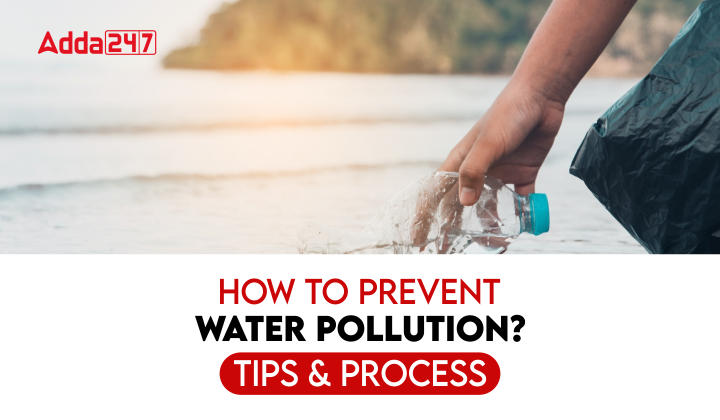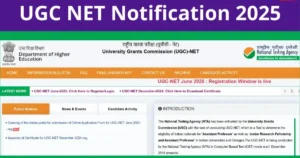Table of Contents
One of the most important natural resources on the planet, water is essential for all forms of life on Earth. It plays a vital role in sustaining various biological processes and ecosystems, making it one of the most precious resources. Preventing water pollution is crucial for safeguarding our environment and ensuring access to clean and safe water for present and future generations. Crucial information on How to Prevent Water Pollution, and some essential tips and processes are mentioned in detail in the following article.
What is Water Pollution?
Water pollution can be defined as the contamination of water bodies. Water pollution is caused when water bodies such as rivers, lakes, oceans, groundwater and aquifers get contaminated with industrial and agricultural effluents.
All lifeforms that depend on water, whether directly or indirectly, suffer when it is polluted. Years may pass before you notice the impacts of polluted water.
Water Pollution – The Need to Control
More than two-thirds of the earth’s surface is covered in water. The amount of water dispersed throughout the oceans, rivers, lakes, and streams comes to just over 1 octillion litres.
Although there is a lot of water there, only about 0.3% of it may be used for human use. That number has decreased as commercialization and industrialization have advanced. Water pollution has also been caused by several factors, including obsolete and ineffective practices, ignorance, and numerous other occurrences.
Water Pollution – Key Sources
Water pollution arises from a multitude of sources, each contributing to the degradation of our precious water resources. A large number of factors lead to a massive upsurge in water pollution. The primary causes of water pollution in India are:
- Urbanization
- Deforestation
- Industrial remnants
- Social and Religious Practices
- Use of Detergents and Fertilizers
- Agricultural run-offs- Use of insecticides and pesticides
Water Pollution – Tips to Prevent it
Preventing water pollution is imperative for preserving the health of our ecosystems and ensuring the availability of clean and safe water for all. To address this pressing issue, a range of proactive measures can be adopted. Given below are a few tips that can be used for the same:
- Pick up any trash and dispose of it in a rubbish container.
- If fertilizer spills onto paved surfaces, blow or sweep it back into the grass. Avoid fertilizing the lawn just before it rains. The chemicals will end up in waterways and storm drains.
- Compost or mulch any grass or garden trash. If you can’t compost it, leave it in your yard instead. Leaves shouldn’t be blown into the street. This destroys and clogs storm drains.
- Wherever the water can flow to a gravel or grassy area rather than a street, wash your automobile or outdoor equipment.
- Pouring engine oil down a storm drain is not a good idea. Bring it to the neighbourhood auto parts shop.
- Never flush spilt water down a storm drain to clean it up. Put sand, cat litter, or another absorbent material on the spill. Once the liquid has solidified, sweep it up and dump it in the trash.
Processes Involved in Controlling Water Pollution
Controlling water pollution involves a combination of proactive measures aimed at minimizing the introduction of pollutants into water bodies and effective treatment processes to mitigate existing contamination. Numerous techniques can be used to reduce water pollution on a bigger scale.
- It is preferable to treat sewage waste before release rather than discharging it into aquatic bodies. By doing this, the original toxicity can be reduced, and the water body itself can break down and render harmless any compounds that are still there.
- Water can be reused in sanitary systems and agricultural areas if secondary treatment has been done to it.
- The Water Hyacinth is a very unique plant that can absorb harmful compounds in solution, including cadmium and other similar elements. Establishing these in areas vulnerable to water pollution will significantly lessen the harsh consequences.
- Precipitation, ion exchange, reverse osmosis, and coagulation are a few chemical techniques that aid in the management of water pollution.
- Reusing, reducing, and recycling whenever possible will go a long way towards addressing the consequences of water contamination on an individual basis.
Conclusion
According to a survey, by the year 2026, 4 billion people will experience a water deficit. Approximately 1.2 billion people throughout the world do not currently have access to clean, potable water or adequate sanitation. Additionally, it is anticipated that water-related problems cause around 1000 children to die annually in India. Although groundwater is a significant supply of water, it is, sadly, subject to pollution. Water pollution is a social issue that must be addressed right away.



 UGC NET Notification 2025 Out, Exam Date...
UGC NET Notification 2025 Out, Exam Date...
 Last Minute Preparation Tips for MP TET ...
Last Minute Preparation Tips for MP TET ...
 GAT B Cut Off 2025, Check Expected, Cate...
GAT B Cut Off 2025, Check Expected, Cate...














